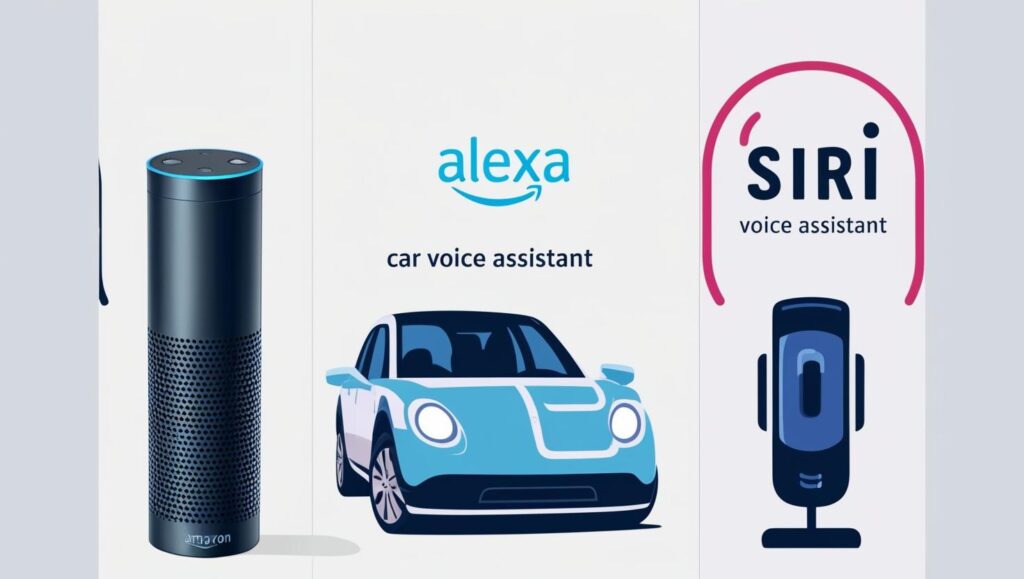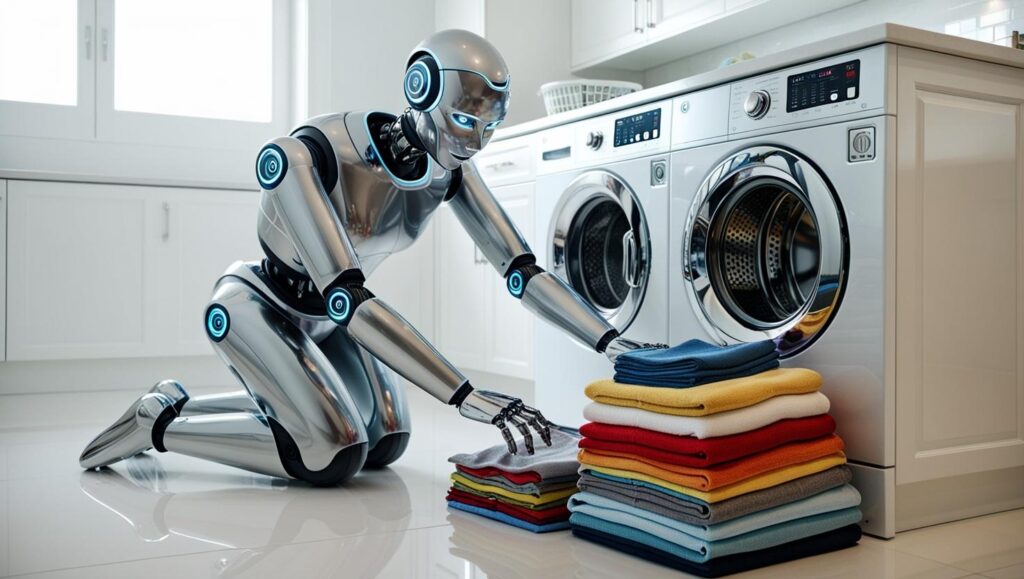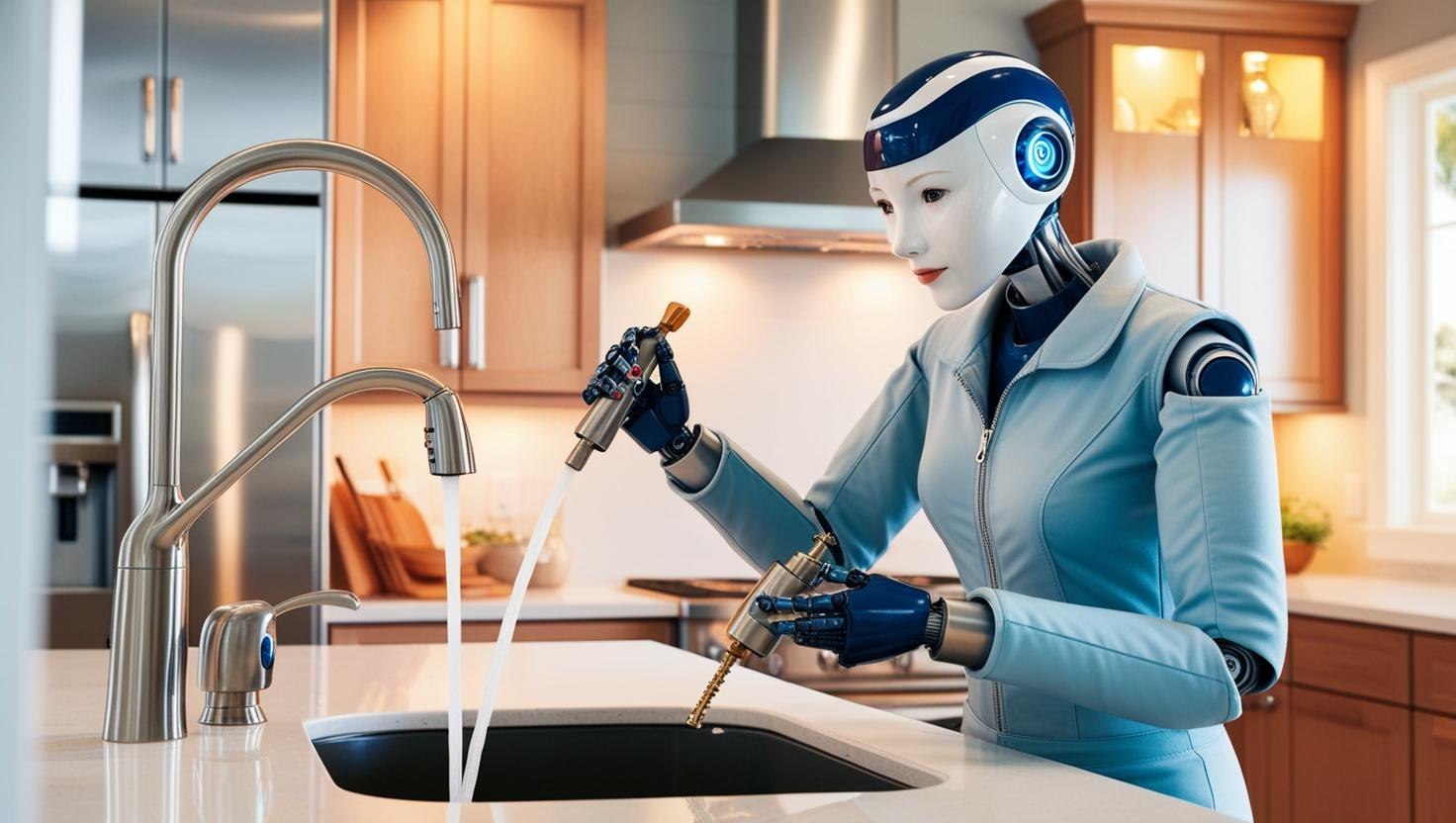AI Home Helper
Welcome to the world of the AI Home Helper! Artificial Intelligence (AI) has advanced at a phenomenal rate in recent years, and one of the most exciting applications is the emergence of AI to assist us in our daily lives. By taking over tedious tasks, these AI home helpers promise to free up our time so that we can pursue more fulfilling activities. We will explore some of ways AI is already transforming our homes and what the future holds.
As components get smaller and manufacturing costs reduce, we are likely to see an increase in the use of AI in our daily lives. We all want a life with more leisure time and less manual work, so what are we likely to see?
We are already seeing the following:
1. AI Home Helper ~ Smart Assistants:
AI-powered virtual assistants like Alexa, Google Assistant, and Siri are used by many. These AI Home helpers will learn our routines and preferences to automate tasks such as:
(i) Controlling smart home devices: Adjusting lights, thermostats, and playing music with simple voice commands. This is already in place for the few but will become more widely spread as time goes on.
(ii) Managing schedules and reminders: AI Home helpers can set up appointments, remind us of tasks, and even coordinate family calendars. There are a number AI scheduling tools available, such as:
- Reclaim ~ manages recurring events.
- Clockwise ~ syncing team calendars.
- Motion ~ high visibility for tasks.
- SkedPad ~ time budgeting feature.
- Katch ~ in addition to e-mail, there is also a WhatsApp assistant.
- Trevor ~ simple controls to schedule and manage tasks.
- Kronologic ~ caters to sales teams but can also replace Calendly.
- Scheduler AI ~ managing meetings for busy teams.
2. Providing information and communication:
A lot of people are already using home helpers that answer questions, make calls, and send messages hands-free. For example:

- Amazon Echo with Alexa,
- Google Home/Nest with Google Assistant,
- Apple HomePod with Siri and
- Voice Assistants that use Bluetooth technology, offering hands-free convenience while driving.
3. AI Home Helper ~ Automated grocery ordering:
AI Home helpers can learn our consumption patterns and automatically order groceries when supplies are low. Here are some examples:
- Smart Fridges with Internal Cameras and AI (e.g., Samsung with Instacart integration). The AI can analyse the contents, suggest items you might need to restock, and allow you to add them to your Instacart directly from the fridge’s touchscreen.
- Integration with Voice Assistants and Shopping Lists (e.g., Alexa, Google Assistant). Currently, this is not fully automated, however, based on consumption patterns, the voice assistant can learn your frequently purchased items and streamline reordering.
- Smart Pantry Systems: Companies are developing devices that use sensors and AI to track the quantity of items you have on hand. The aim is to automatically reorder items when they detect low stock. Another area of development involves systems that identify out-of-date food items, highlighting them for disposal.
4. Robotic Assistants:
We are likely to see robots that can handle household chores, such as:
(i) Cleaning: There are already AI-powered vacuums and floor washing robots that use sensors and 3-D mapping to perform cleaning tasks autonomously. Window cleaning robots will also become more common.

(ii) Laundry: Robots capable of sorting, washing, drying, and even folding clothes are under development, aiming to automate this time-consuming task.
(iii) Meal Preparation: AI-integrated kitchen appliances and robotic chefs that can follow recipes, cook meals, and even clean up afterward.
(iv) Home Maintenance: Robots that can perform tasks like watering plants, tidying up, and even basic repairs. Innowise has developed autonomous robots with mapping and navigation capabilities that move around office spaces and water plants using a specialised elevating and irrigation system.
5. Research in Home Repair:
Universities and research institutions are exploring robots for basic home repairs. For instance, there’s research into robots that can perform tasks like patching drywall, painting, or even basic plumbing. However, these are mostly in the lab and not yet ready for consumer use.
AI Home Helper ~ Technology Challenges
Once we can manage the large number of complexities and reduce the technology costs, the AI and robotic world will expand into everyday life. In order to achieve this goal the following areas will need to be addressed:
- Household environments vary and are unstructured, therefore recognising and dealing with different objects, navigating cluttered spaces, and performing intricate repair tasks requires advanced AI, sensors, and robotic manipulation capabilities.
- Developing robots with the necessary dexterity, vision, and AI for these diverse tasks is currently very expensive; however, advancements in material technology and power generation will help in reducing the cost.
- Ensuring that robots can perform these tasks safely around humans and pets is crucial and requires extensive testing and development. Manufacturers will also need to consider the impact in terms of costs and ethics should the robots fail, resulting in human injury and possibly death.

